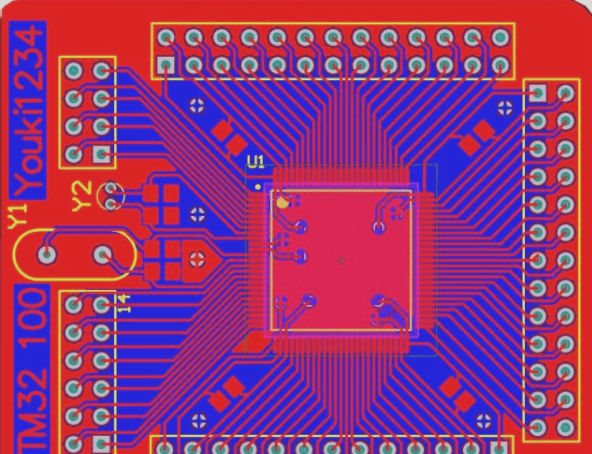Important Tips for SMPS PCB Layout to Enhance Performance
When designing a PCB board for AC-DC or DC-DC conversion, it is crucial to pay attention to the layout of the switching power supply components. These layouts are common in high-voltage designs but can be prone to radiated EMI issues due to rapid voltage and current changes during switching.
Noise and Thermal Challenges
One common issue with SMPS PCB layouts is the generation of high-frequency noise during switching actions. This noise can manifest as conducted or radiated noise at the output of the SMPS unit. Additionally, managing heat dissipation on the board is essential, especially with components like power MOSFETs generating significant heat.
Effective Thermal Management Strategies
To address thermal challenges, consider using heat sinks on critical switch components and connecting them to the ground plane. In high-voltage systems, heat sinks may need to be large. Implementing fans in the chassis can also aid in cooling, but proper power management is crucial to avoid introducing new EMI issues.
Optimizing Layout for EMI Susceptibility
Conducted noise can be managed using EMI filters, while radiated EMI resistance relies on the PCB stackup. Placing the ground plane directly below the surface layer and power components can help reduce loop inductance and minimize noise propagation. Effective filtering at the output stage can further mitigate noise issues.
Addressing Transient Ringing Challenges
Transients pose challenges related to stackup, routing, vias, and impedance. Avoid routing switching signals across ground plane gaps to prevent antenna structures that radiate during transients. Proper component placement with correct land patterns can help manage impedance and reduce voltage ripple.
Component Quality and Layout Considerations
Ensure there are no isolated islands in the layout and use decoupling capacitors to connect power islands back to the ground plane. Carefully plan via placement to avoid unintended gaps in the ground plane that could impact performance.
- Pay attention to SMPS PCB layout for optimal performance
- Address noise and thermal challenges effectively
- Implement proper thermal management strategies
- Optimize layout for EMI susceptibility and transient ringing
- Ensure high-quality components and thoughtful layout considerations

